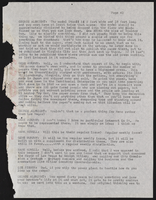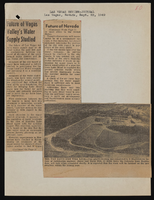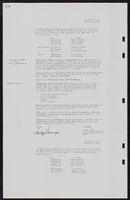Search the Special Collections and Archives Portal
Search Results
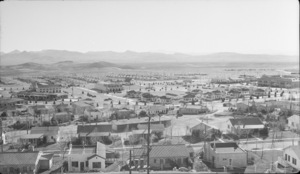
Film transparency showing streets of Boulder City, Nevada, circa 1933-1940s
Date
Archival Collection
Description
Image
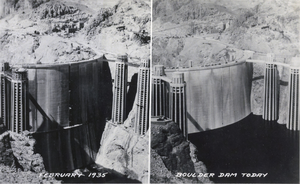
Postcard of Hoover Dam, February 1935
Date
Archival Collection
Description
Image
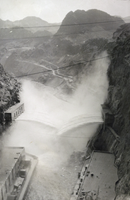
Photograph of Hoover Dam, circa 1931-1936
Date
Archival Collection
Description
Image
Locations in Southern Nevada and the Southwestern United States photographs, 1900-1975
Level of Description
Scope and Contents
The locations in Southern Nevada and the Southwestern United States photographs depict people in Southern Nevada and the Southwestern United States from approximately 1900 to 1975. The photographs include politicians and engineers investigating the Colorado River for the future sight of the Hoover (Boulder) Dam in Black Canyon; Hoover Dam workers and construction; the towns of Goodsprings, Beatty, and Indian Springs in Nevada; the Grand Canyon in Arizona; and Mount Charleston in Nevada. The items described include black-and-white photographic prints, postcards, and negatives; items listed are photographic prints unless otherwise specified.
Archival Collection
Collection Name: Charles P. Squires Photograph Collection
Box/Folder: N/A
Archival Component

Transcript of interview with David Bruce Dill by Luise A. Soholt, March 13, 1975
Date
Archival Collection
Description
Text

